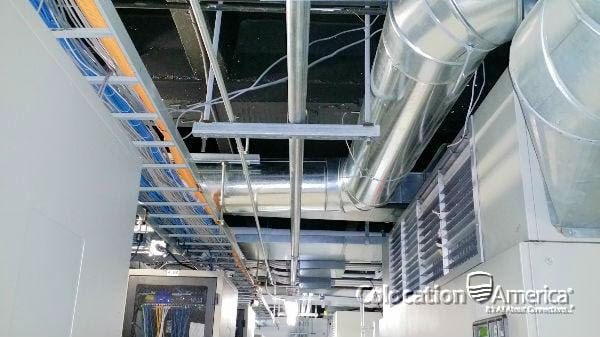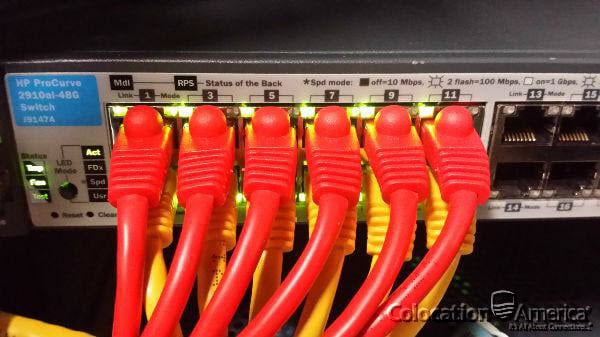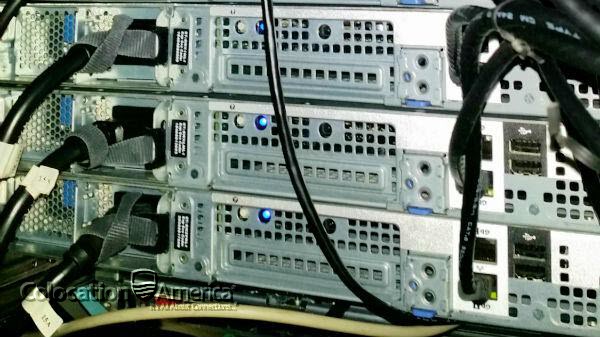In a field that is always evolving and shifting, new data center metrics must be determined for the evaluation of data center quality. Data Centers, much like cars or airplanes, need many fancy looking gauges and dials that spit out useful information. Data center efficiency information like power usage (PUE), carbon emissions (CUE), water usage effectiveness (WUE), CUPS and flops—but we’ll get to these later. Looking forward, what will be the new data center metrics for efficiency? In the past, factors such as data center density, automation, and storage density were basic guidelines. However, times are changing—measures attempting to value both the rapid growth, concentration of computing power, and storage will no longer be sufficient in providing the whole picture. But what data center metrics do you actually need to measure in determining where to collocate or purchase a dedicated server. Parameters outside of staffing, space, compute cycles, and storage utilization will now need to be included in the metric system. Since the old times, energy prices have risen significantly, and financial and environmental awareness has been increased. As we aim to increase the efficiency of the IT and data center industry, other measures with new emphasis on energy consumption and heat production have come to the forefront.
Data Center Metrics: Computational Power and Heat Efficiency
Computational Power: Measured in cycles per kilowatt-hour, the computational data center power efficiency compares the computing activity to the energy required to power it. In order to see a true picture of energy input, data center managers measure the actual inputs of electricity used, rather than making calculations based on component ratings. Additionally, they will measure all inputs, including power and lighting. This is a great metric in determining data center power efficiency. Take a look at Google’s Data Center Efficiency Best Practices video for a bit more information: https://www.youtube.com/embed/voOK-1DLr00

Heat Efficiency Measured in cycles per BTU of heat produced, computational heat efficiency compares computation to the main waste product that is heat. It does have some overlap with the measurement of energy efficiency, because the energy required to cool down the data center is also included in the energy draw data. However, computational heat efficiency is a useful direct measurement of the environmental impact of the data center’s computations, especially in colder weather, where cooling can be a matter of circulating air rather than cooling down air. Despite cooling efforts, heat is still being dumped out into the environment and this should not be a metric that is looked over.
Data Center Metrics: Storage Power and Heat Efficiency
Storage power efficiency is measured in terabytes per kilowatt-hour. Storage heat efficiency is measured in terabytes per BTU. Data centers must only account for terabytes adding to the actual work accomplished. The most honest measurement of energy consumption must account for the empty disk space, and the measurement should be considered terabytes used per kilowatt-hour consumed or BTU thrown off. Unless an enterprise can separate the storage from computation in isolated power and cooling domains, there should be a measurement for both storage and computational consumption/waste against the same energy inputs or heat outputs. This makes it more convenient to create a complete composite, simple or weighted, to reflect the shared inputs and outputs.
Network Efficiency: The network should not be neglected as well, as data center networks will draw a lot of power and thus create a lot of heat. There should be a metric of cumulative output on the data center network, in order to get the complete profile. This is a simple yet essential metric.
Staffing: It is not just the data center that generates heat; the workers generate heat as well. In fact, the average data center staff will general over 350 BTU per hour on average. The more people working in the data center, the more heat they add to it and the less heat efficiency there is. Efficiency in staffing and human operations is essential, and will help reduce the heat waste for efficiency metrics.
Data Center Efficiency Factors
To maximize your business outcomes, consider these data center metrics and efficiency factors:
- Data Center’s Age — If the facility is older, they may not be able to handle or capture the data and information needed to feed today’s more advanced metrics, without additional investment.
- Data Center’s Tier — The facility’s tier standard rating will help you determine the metrics quite well. For example, a Tier II facility will have less features for capturing data than a Tier IV data center.
- Business Model — How the data center is run, and who operates it, is a key factor in analyzing the data center as a whole. For example, if the owner offers the facility’s services to resellers, then he/she is more likely to laud the data center’s overall efficiency and Service Level Agreements (SLAs).
- Regulatory Compliance — Some data center operators are subject to more regulations than others due to carbon reporting, size, power, etc.
- Data Center Costs — Data centers need to have a great “green” plan, or a plan to reduce the cost of a data center
What is Data Center Efficiency?
 Parameters outside of staffing, space, compute cycles, and storage utilization will now need to be included in the metric system. Since the old times, energy prices have risen significantly, and financial and environmental awareness has been increased. As we aim to increase the efficiency of the IT and data center industry, other measures with new emphasis on energy consumption and heat production have come to the forefront.
Parameters outside of staffing, space, compute cycles, and storage utilization will now need to be included in the metric system. Since the old times, energy prices have risen significantly, and financial and environmental awareness has been increased. As we aim to increase the efficiency of the IT and data center industry, other measures with new emphasis on energy consumption and heat production have come to the forefront. Data Center Metrics: Computational Power and Heat Efficiency
Computational Power: Measured in cycles per kilowatt-hour, the computational data center power efficiency compares the computing activity to the energy required to power it. In order to see a true picture of energy input, data center managers measure the actual inputs of electricity used, rather than making calculations based on component ratings. Additionally, they will measure all inputs, including power and lighting. This is a great metric in determining data center power efficiency. Take a look at Google’s Data Center Efficiency Best Practices video for a bit more information:
Data Center Metrics: Storage Power and Heat Efficiency
Storage power efficiency is measured in terabytes per kilowatt-hour. Storage heat efficiency is measured in terabytes per BTU. Data centers must only account for terabytes adding to the actual work accomplished. The most honest measurement of energy consumption must account for the empty disk space, and the measurement should be considered terabytes used per kilowatt-hour consumed or BTU thrown off. Unless an enterprise can separate the storage from computation in isolated power and cooling domains, there should be a measurement for both storage and computational consumption/waste against the same energy inputs or heat outputs. This makes it more convenient to create a complete composite, simple or weighted, to reflect the shared inputs and outputs. Network Efficiency: The network should not be neglected as well, as data center networks will draw a lot of power and thus create a lot of heat. There should be a metric of cumulative output on the data center network, in order to get the complete profile. This is a simple yet essential metric. Staffing: It is not just the data center that generates heat; the workers generate heat as well. In fact, the average data center staff will general over 350 BTU per hour on average. The more people working in the data center, the more heat they add to it and the less heat efficiency there is. Efficiency in staffing and human operations is essential, and will help reduce the heat waste for efficiency metrics.
Data Center Efficiency Factors
To maximize your business outcomes, consider these data center metrics and efficiency factors:- Data Center's Age -- If the facility is older, they may not be able to handle or capture the data and information needed to feed today's more advanced metrics, without additional investment.
- Data Center's Tier -- The facility's tier standard rating will help you determine the metrics quite well. For example, a Tier II facility will have less features for capturing data than a Tier IV data center.
- Business Model -- How the data center is run, and who operates it, is a key factor in analyzing the data center as a whole. For example, if the owner offers the facility's services to resellers, then he/she is more likely to laud the data center's overall efficiency and Service Level Agreements (SLAs).
- Regulatory Compliance -- Some data center operators are subject to more regulations than others due to carbon reporting, size, power, etc.
- Data Center Costs -- Data centers need to have a great "green" plan, or a plan to reduce the cost of a data center
